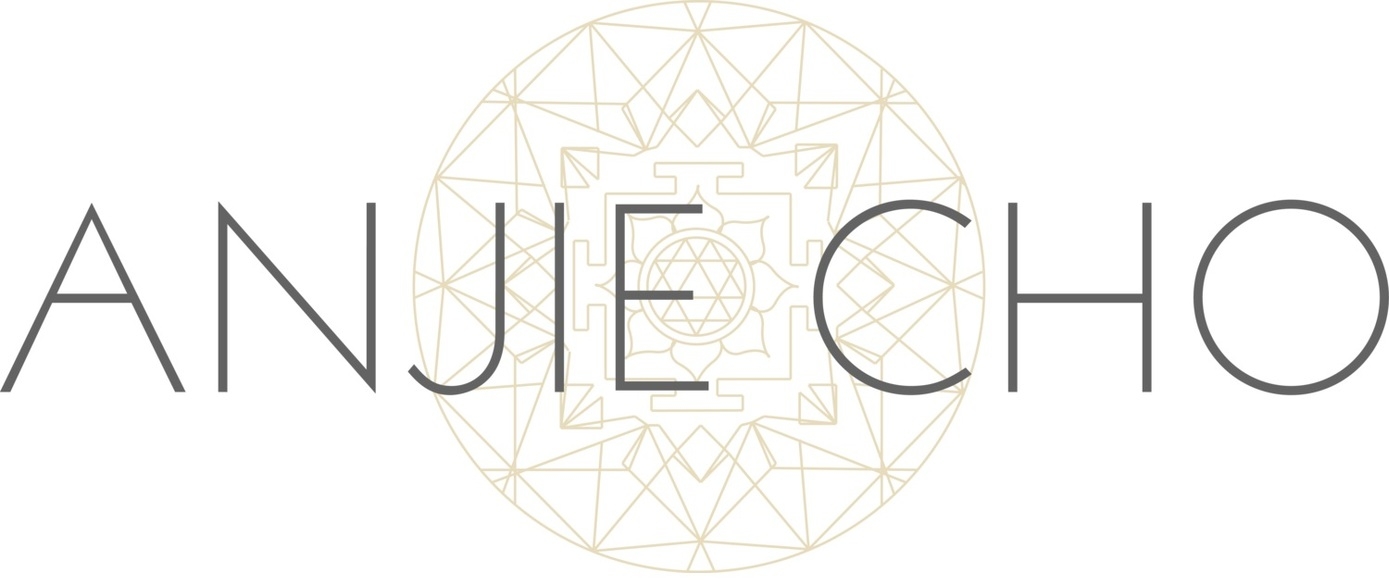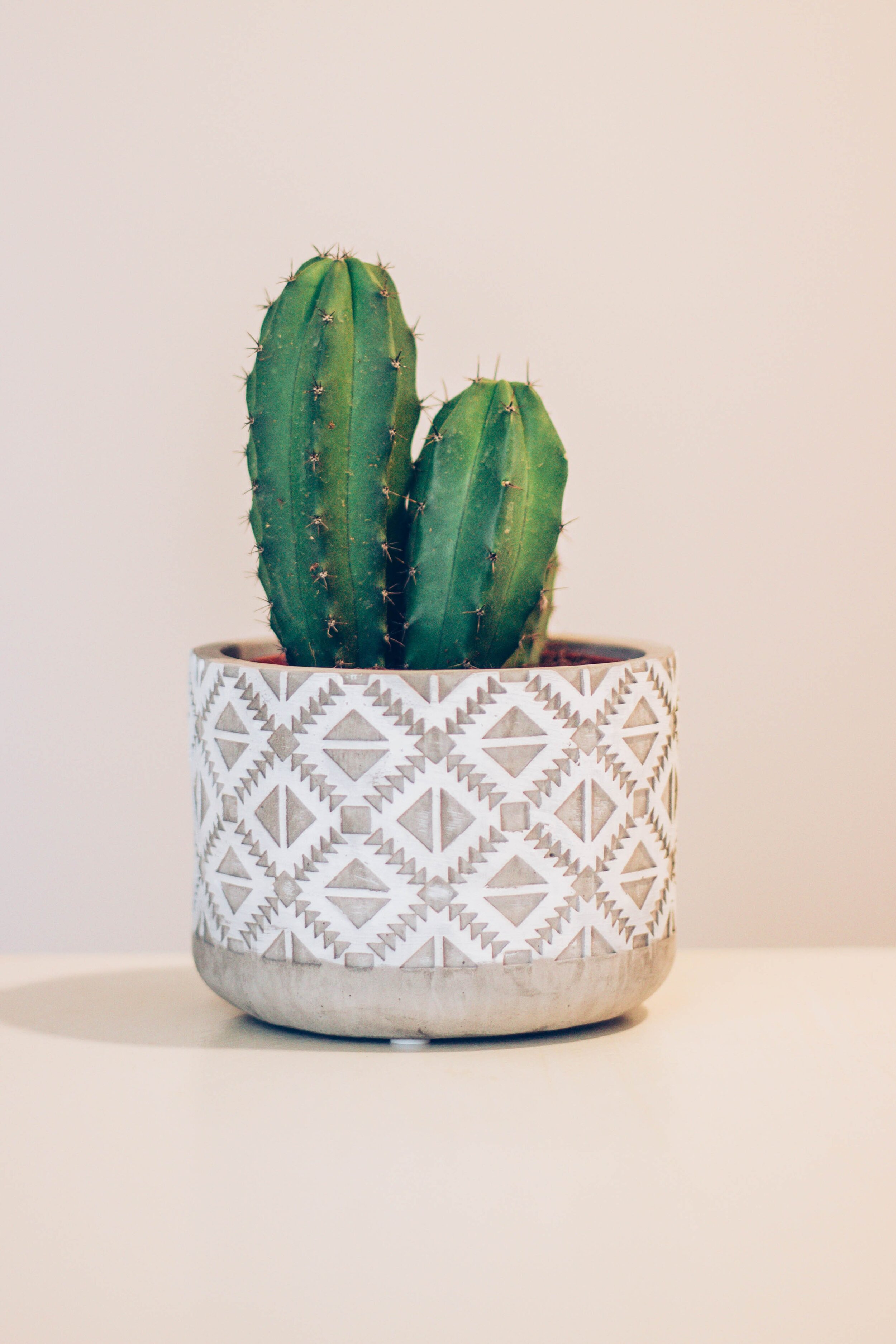Photo by Mat Reding on Unsplash
A business colleague gave me this lovely little cacti garden in a little earthen ware pot as a “thank you” present. It is a gift that really touched me. I’ve had it in my little office on a bookshelf. It’s doing really well there in that corner, but I wondered if I could ask you where optimum placement would be. That seems to be "Relationship area" for the office, and I suddenly thought probably not great placement! It's got two spiky cacti, two succulents that I think are aloes, and one that I think is a little jade plant.
Sharon R., New York, NY
Hi Sharon,
This is a wonderful question to share on Q&A Sundays, because the question about spiky cactus plants comes up often. The general rule of thumb is that if you use a plant for feng shui purposes, it’s better if the leaves are rounded and smooth, rather than spiky and sharp.
In your situation, the sharpness of the cactus may cause spiky and touchy relationships in your business life, because it’s in the Relationship area of your office. Of course this isn’t ideal. But does this seem like this is something that is arising in your career relationships? A plant doesn’t always have to be a feng shui adjustment, and it doesn’t always necessarily affect your feng shui, especially if you have very strong and pleasant business relationships. And this might be the case since you receive this as a gift from a business relationship.
Another aspect to consider is that if you have very deep fondness for it, it may be okay. Or if you are especially attracted to this cactus, maybe you do need some spikiness in your business relationships to protect yourself. Maybe you can be a pushover and let people walk over you.
Also you mentioned that there are some aloe plants, which are spiky, yet very healing. So it really depends. If you really love this plant and the placement, you could also manicure it very carefully, maybe trim the sharp points from time to time, which can be a metaphor for giving attention to those difficult business relationships. Depending on your situation, there’s not necessarily a “better” place to put it, but I think all of this gives you many things to ponder on.
My intuition is telling me you should keep it there and remember that although the plant is sharp and spiky, you can offer it special attention and love to make it a positive thing. Sometimes being a little tough is good when it comes to business relationships, isn’t it?
Thanks for reading our "Q&A Sunday". If you have personal questions, we encourage you to check out Practical Feng Shui or hire one of Anjie's Grads.
If you’d like to learn more about feng shui, check out Mindful Design Feng Shui School at: www.mindfuldesignschool.com






